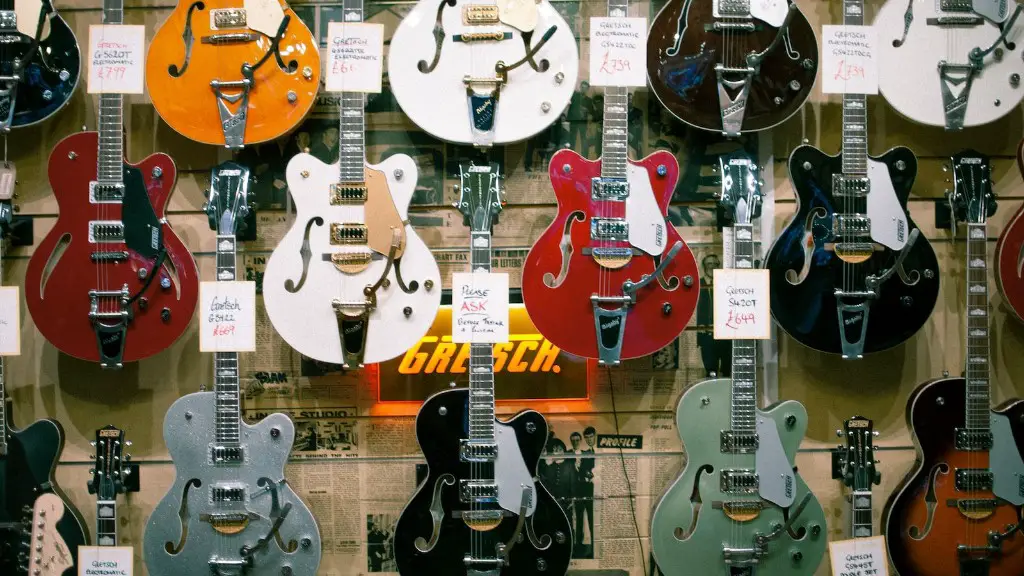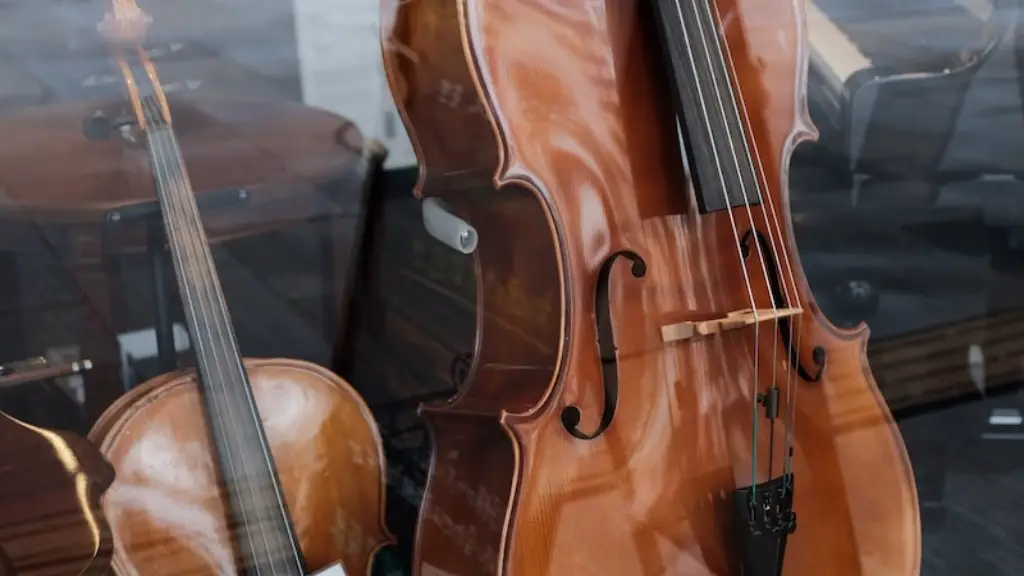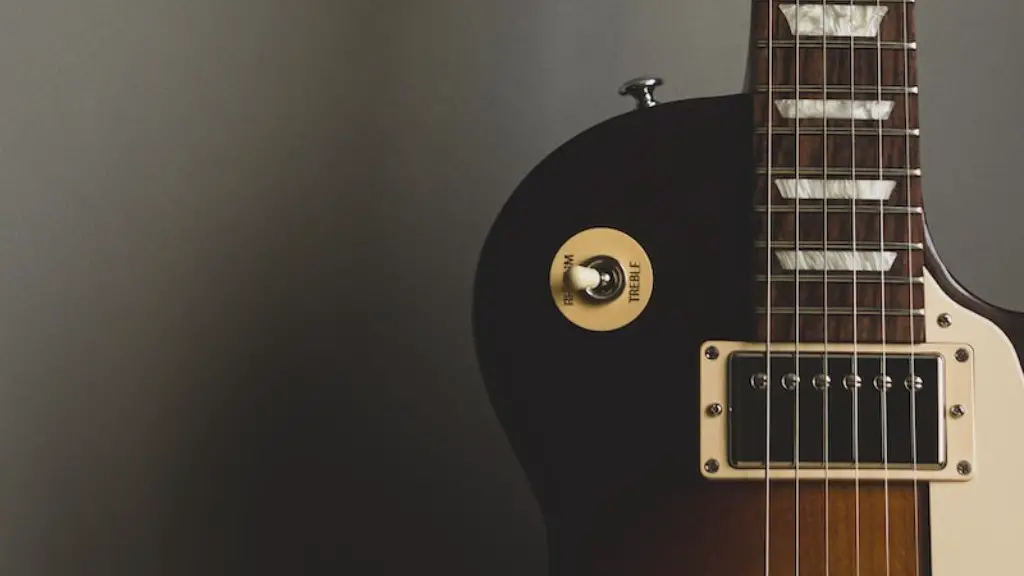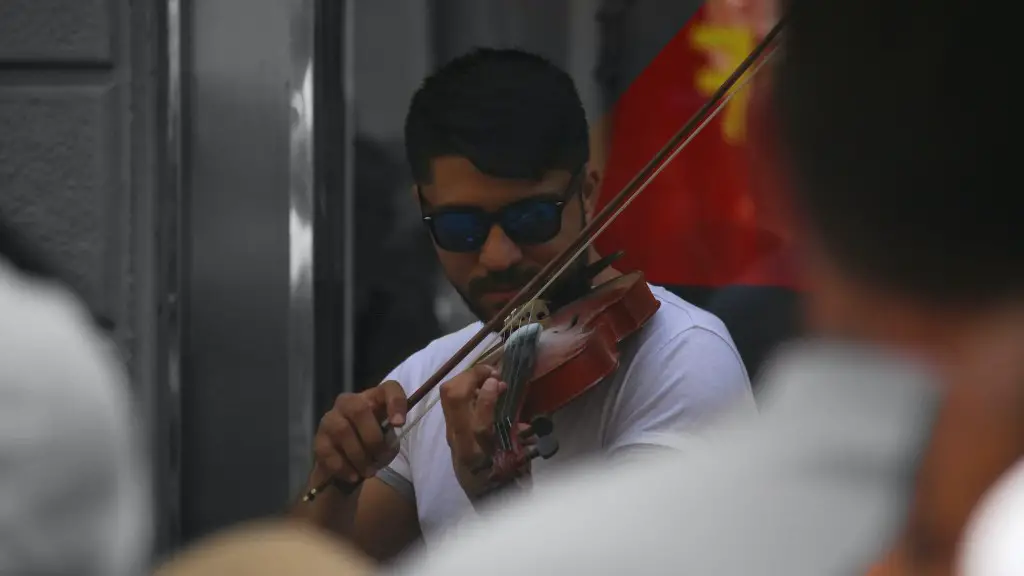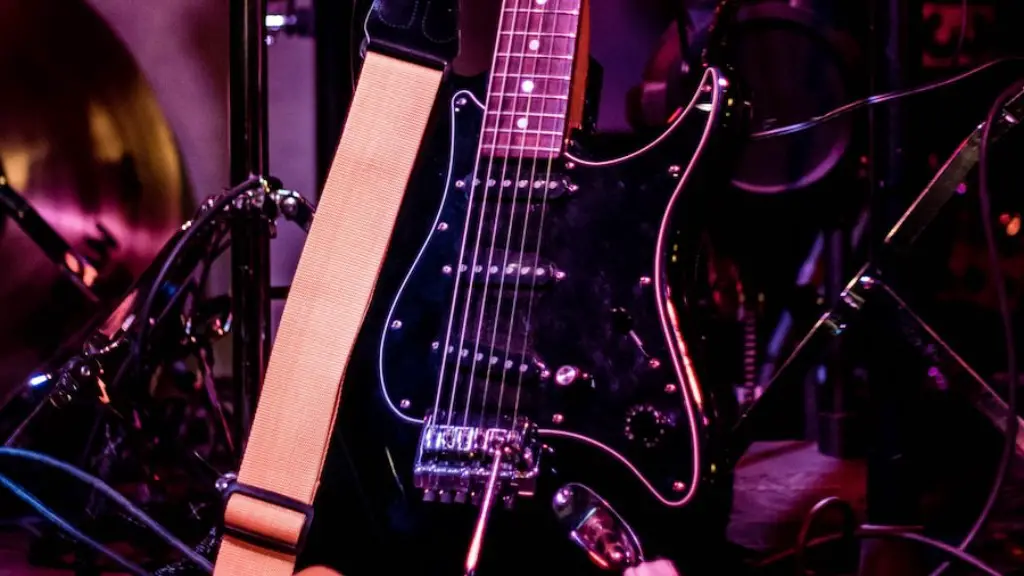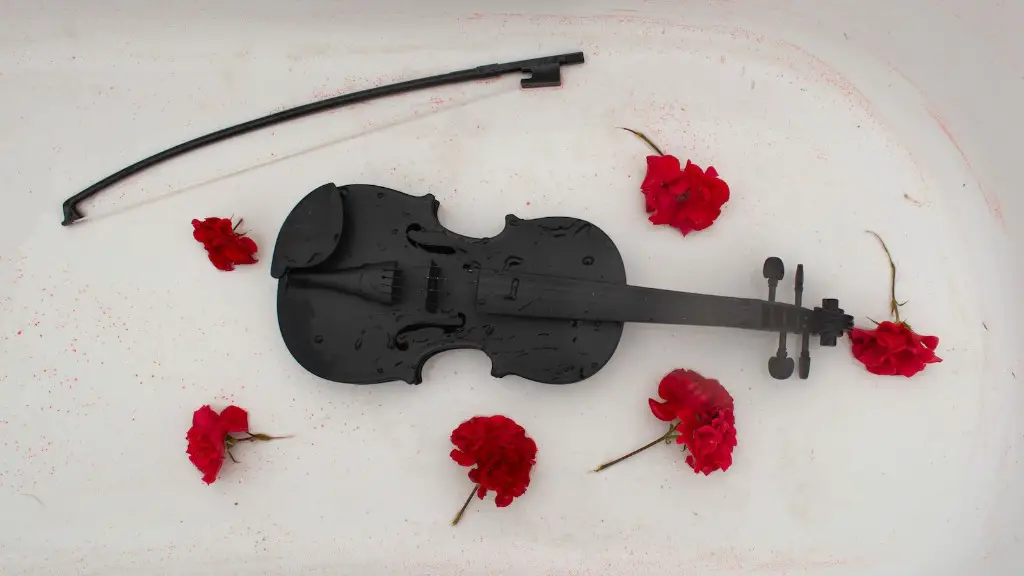Playing an electric guitar solo can be an exciting and rewarding experience. It is a great way to showcase your musical skills and express yourself.
To learn how to solo on electric guitar, start with learning the basics: the notes on the fretboard, scales, and chords. Once you understand these fundamentals, practice improvising by playing over backing tracks. You can also learn riffs from other players or transcribe solos from your favorite songs. Experiment with different techniques like alternate picking and string bending to develop your own unique style.
Listening to great guitarists can also help you to improve. Pay attention to their phrasing and note choices and try to emulate them in your own playing. Always strive for accuracy, so that your solos sound tight and professional. With enough practice, you will soon be able to come up with great solos of your own!
Understanding Different Playing Styles
Electric guitar solos are the highlight of many songs, and the ability to play them well is an essential skill for any aspiring guitarist. There are several different playing styles when it comes to electric guitar solos, each with its own unique sound. The four main types of playing styles are blues, rock, metal, and fusion.
Blues playing typically involves melodies that are laced with blues scales and licks that create a certain emotion. Rock solos involve more technical and fast-paced licks than blues, but can also include melodic elements. Metal solos rely heavily on speed picking and shredding techniques for a powerful sound. Fusion incorporates elements from all three genres for a unique blend of styles. Each style requires its own set of techniques and strategies to master.
Regardless of what playing style you choose, it’s important to practice regularly and develop your own sound over time. Listen to music from various genres to get inspired and try out new ideas when soloing. Experimenting with different scales and techniques will give you a better understanding of the different playing styles, allowing you to create your own unique solos.
Master the Art of Phrasing
Are you looking to take your electric guitar soloing to the next level? Mastering the art of phrasing can help! Phrasing is all about creating musical phrases with your guitar. It’s about creating a story with your playing and taking listeners on an exciting musical journey. To do this, you’ll need to learn how to use different techniques like vibrato, slides, bends, and hammer-ons to create dynamic guitar solos.
Practice is key when it comes to mastering phrasing. Start by learning simple licks and gradually build up complexity as you become more comfortable with them. Work on developing a control over dynamics, so that you can effectively go from soft notes to loud ones. Also focus on building up speed while maintaining accuracy and clarity in your playing.
Listen to great guitarists and analyze how they phrase their solos. Pay attention to how they use their techniques in combination with dynamics to create beautiful solos that are full of emotion and energy. Lastly, don’t be afraid to experiment with different ideas as you develop your own style of phrasing!
Utilize Different Techniques for Solos
Electric guitar solos can be one of the most exciting and rewarding parts of playing guitar. They allow you to showcase your skills and express yourself musically. To create great solos, you need to learn various techniques that will help you craft a memorable performance. Start by exploring single note runs, legato phrasing, vibrato, bends and slides, arpeggios and chords, sweep picking and tapping. Additionally, experiment with different scales and modes to find unique ways to add flavor to your playing. Working on technique exercises can also help you build speed and accuracy.
Incorporate dynamics into your solos as well. This will help add contrast and make them more interesting. Try introducing different notes at different volumes or adding pauses for effect. Finally, practice soloing over backing tracks in different styles such as blues or rock to gain experience in improvising. With time and practice, you’ll be able to develop your own signature sound!
Develop Your Own Playing Style
Learning to electric guitar solo can be a daunting task for beginners. However, it is possible to develop your own playing style with practice and dedication. The first step is to learn the basics of guitar playing such as scales, chords and techniques. Once you have mastered these fundamentals, start experimenting with different notes and chords to create unique melodies that reflect your personality. When playing solos, focus on building a strong foundation by emphasizing a few key notes and then gradually adding more complex notes and transitions.
It is also important to listen to different genres of music and explore various techniques used by other players. This will help you build an understanding of what works best for you as well as give you ideas on how to incorporate new sounds into your solos. Finally, have fun while creating your own music! Don’t be afraid to take risks and make mistakes; it’s all part of the learning process. With patience and hard work, you can soon develop your own signature electric guitar soloing style!
Practice with a Metronome to Electric Guitar Solo
Learning how to electric guitar solo requires practice with a metronome. This tool is essential for developing timing, speed and accuracy. By playing along with a metronome at different speeds, you can gradually increase the tempo to build up your technique and muscle memory.
Start off at a slow tempo and play an easy phrase. Once you have mastered this, increase the speed slightly and repeat the same phrase until you can play it without any mistakes. Keep increasing the tempo until you reach your desired speed.
Once you are comfortable with soloing at a particular tempo, add variations to your playing such as bends, slides, vibrato and hammer-ons/pull-offs. To ensure that all of these techniques are in time with the metronome beat, practice them slowly at first before gradually increasing the speed.
Finally, make sure to listen closely to how your solo sounds in order to check for any timing issues or other areas for improvement. With regular practice of this technique, you will soon be able to electric guitar solo with ease!
Electric Guitar Solo
Do you want to learn how to electric guitar solo? The best way to get started is by playing along with pre-recorded tracks. This will help you develop the skills and techniques needed for soloing. Listening to recordings and playing along with them can help you learn the different moves and styles of soloing, as well as build your speed, accuracy, and dexterity. As you become more comfortable with the different styles, you can start to create your own solos.
Practice makes perfect when it comes to soloing on an electric guitar. Start by breaking down each riff or lick into smaller pieces so that you can work on them individually. You should also focus on developing your timing, dynamics, phrasing and creating a sense of flow in your playing. Working on these skills will help you craft powerful solos that stand out from the crowd.
Once you have a good foundation of technique, practice improvising over different progressions and chord changes. This will help you expand your vocabulary of licks and riffs. Learning how to solo over different genres of music will also give you a better understanding of what works in each situation. With time and practice, you’ll be able to craft beautiful solos that showcase your musicality and creativity.
Final Words
To become a master of electric guitar soloing, it is essential to practice with dedication and commitment. Mastering scales and arpeggios, as well as understanding the fundamentals of improvisation, will help you create great solos. You must also be creative and open-minded in terms of exploring new techniques. In the end, nothing beats practice and experimentation. With enough effort and an open mind, you can become an amazing electric guitar soloist.
